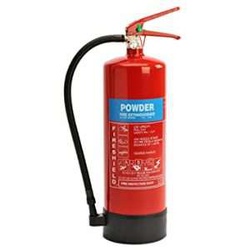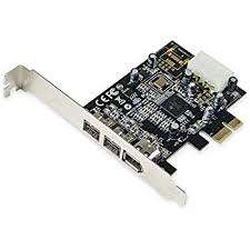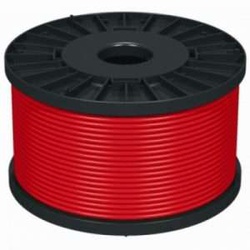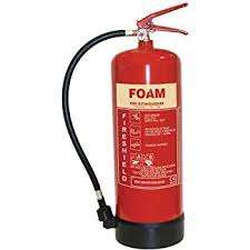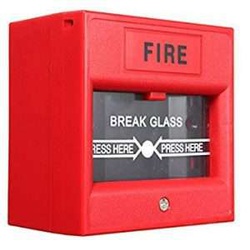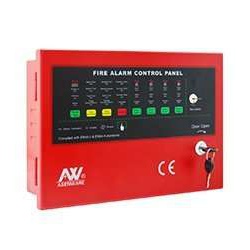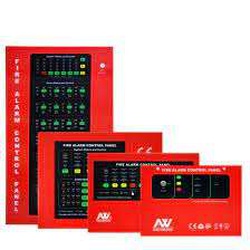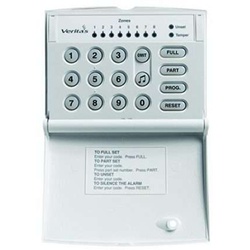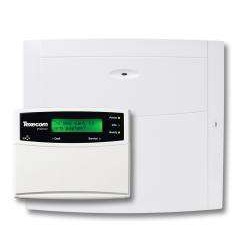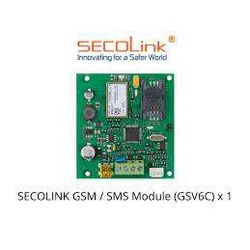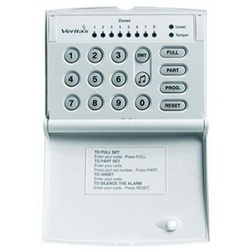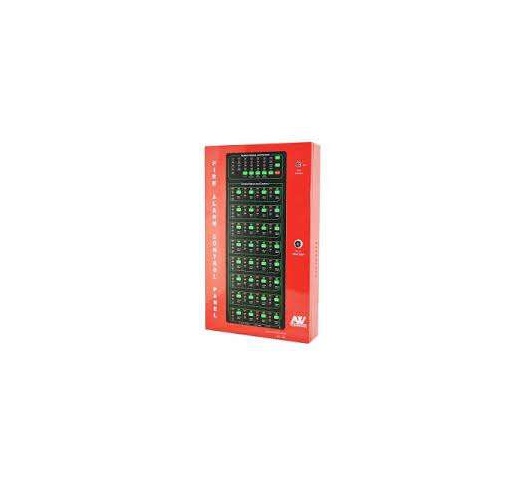
Fire Alarm Panels systems
by SECOLINK
General Overview:
- Type: Fire Alarm Control Panels (FACP)
- Purpose: To detect, monitor, and signal alarms in case of fire or smoke in buildings or facilities.
- Compatibility: Designed to work with various detection devices, including smoke detectors, heat detectors, manual call points, and alarms.
System Configuration:
- Zones: Available in various configurations (e.g., 1 zone, 2 zones, 4 zones, 8 zones, 16 zones, etc.)
- Addressable/Conventional: Can be either conventional (grouped detection devices) or addressable (each device has a unique address).
- Panel Capacity: Range from small, localized systems to large, integrated systems with multiple zones.
Key Features:
-
Detection Devices Supported:
- Smoke Detectors
- Heat Detectors
- Manual Call Points
- Gas Detection Sensors
- Flame Detectors
-
Status Indicators:
- LED Display for zone status (Normal, Alarm, Fault, Trouble)
- LCD Display: In some models, large screen LCD for easy event viewing, fault indications, and system status.
-
Control Features:
- Alarm Output: Audible and visual alarms, typically through horns, bells, or strobe lights.
- Manual Reset: Option to manually reset the system after an alarm event.
- Test Function: Built-in test function for each zone and device.
- Silence Alarm: Ability to mute the alarm while maintaining system monitoring.
- Bypass Mode: Option to bypass a faulty zone for maintenance without triggering false alarms.
Inputs/Outputs:
- Inputs:
- Multiple zones for fire alarm monitoring.
- External Inputs: Integration with emergency lighting, fire doors, or fire suppression systems.
- Outputs:
- Relay Outputs: For controlling external devices (e.g., fire suppression systems, elevators, ventilation control).
- Auxiliary Outputs: Additional outputs for third-party devices or monitoring.
- Communication Outputs: RS-485 or Ethernet ports for communication with external systems or monitoring centers.
Power & Battery:
- Input Voltage: Typically 110V - 240V AC (depending on region).
- Backup Power: 12V DC rechargeable battery for emergency operation in case of power failure.
- Battery Capacity: Sufficient to maintain operation for 24-48 hours during power failure, depending on panel model and load.
- Battery Charging Circuit: Built-in charger for efficient battery maintenance and monitoring.
Connectivity & Integration:
- Networking: Ability to network multiple panels for large or multi-building setups, including monitoring and control.
- Remote Monitoring: Optional modules or built-in functionality for remote monitoring via Ethernet, Wi-Fi, or GPRS.
- Integration with Fire Suppression Systems: Capable of integrating with fire suppression systems such as sprinklers, gas-based suppression, and emergency shutdown systems.
Alarms & Notifications:
- Visual Indicators: LED lights or digital displays to show the status of the system (Normal, Alarm, Fault).
- Audible Indicators: Built-in siren, bells, or optional connection to external sounders.
- Event Log: Records and stores historical alarm events (up to 500 or more), including time stamps for each event for troubleshooting and audits.
Design & Enclosure:
- Mounting: Wall-mounted or panel-mounted depending on system design.
- Enclosure: Durable metal or ABS plastic enclosures, often with IP rating for environmental protection (IP54, IP65).
- Size: Compact and scalable to suit different building sizes, with expandable modules in larger systems.
- Security: Optional lockable enclosures to prevent unauthorized access.
| Model Number | Panels systems |
|---|---|
| SKU | 9122 |
Reviews
This product does not have any reviews yet.
Add your reviewDescription
Fire Alarm Panels systems
The Fire Alarm Control Panel is a comprehensive fire detection and alarm management system designed to safeguard buildings and facilities by monitoring fire events and alerting occupants. It is equipped to manage multiple zones, with a variety of configurations available, ranging from small, single-zone systems to larger multi-zone models. These panels are typically compatible with a broad range of fire detection devices such as smoke detectors, heat detectors, and manual call points.
The system provides both visual and audible alarms to signal fire events, with clear LED indicators or LCD displays showing the status of each zone (Normal, Alarm, Fault, Trouble). It also supports relay outputs for integrating external systems like fire suppression or ventilation control.
Power backup is provided through 12V DC batteries, ensuring continued operation during power failures, while battery charging circuits maintain the battery’s charge for efficient, long-term use. The panels also offer network connectivity, enabling remote monitoring via Ethernet, Wi-Fi, or GSM, for centralized control and integration with larger security systems.
Certified to meet various safety standards (e.g., UL, EN54), these panels are designed for ease of installation and operation, featuring user-friendly interfaces, built-in test functions, and manual reset options. Suitable for both small and large-scale installations, they are an essential part of a building's fire safety system, providing reliable detection, alerting, and reporting functions for enhanced safety.

